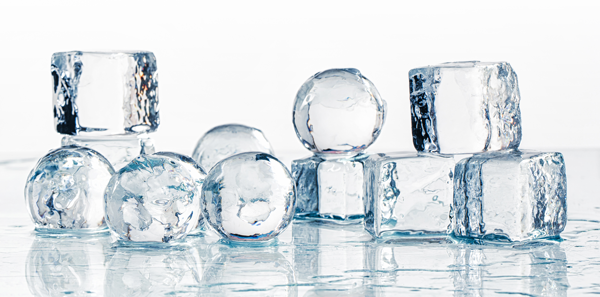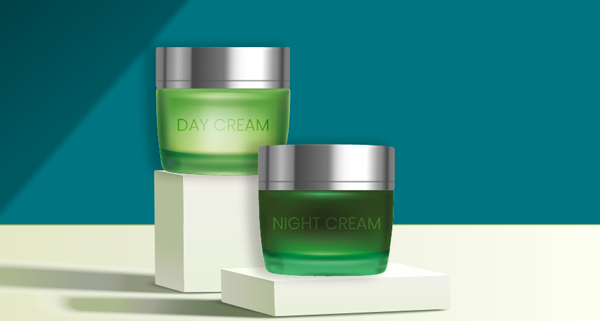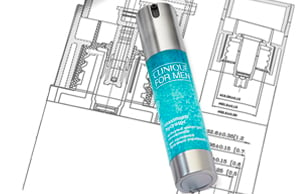Color can make things beautiful and save your life if you’re an electrician wiring a complex system. Color is also extremely important in the beauty packaging field. Does the color grab the eye of your intended audience or be used to differentiate two different bulks that use the same package.
With sustainability at the forefront of today's packaging, the use of color can and will come into play when deciding how a brand will proceed forward. Post-consumer recycling or PCR inherently comes from multiple sources in most cases. Unlike coloring virgin material with specific parameters to be called virgin is consistent in color, PCR can have more considerable if not significant inherent color differences. Color variations in PCR can vary in shades as well from yellow, white, and green shades. These variations can affect how well a color disperses within the polymer matrix.
PCR is typically used in two different forms. First, it can be washed and cleaned and sold as a regrind or it can be sold as a pellet. Both versions, with pellet form preferred, can also affect color and dispersion of color. To help you picture what can happen with plastic when being converted to picture 2 ice cubes, with one being round and the other cube being about the same size but rectangular in shape. Place both cubes in a pan and turn the heat on. You will notice they both melt but the cube that has more surface touching the pan will appear to melt faster.
This same problem can occur in plastics with irregular shapes vs consistent shapes. This problem can be exacerbated with PCR in regrind form or when you have a natural pellet in round form and a strand-cut pellet for the PCR. The irregular shapes will melt at different rates. Even if just slightly different, it can cause the color to disperse unevenly.
Inconsistent color dispersion will not only affect the overall color of the desired part, but it can affect a polymer’s mechanical properties. Overcompensating by adding more pigment or color to try and fix a color issue can and will affect the mechanical properties of a plastic package.
These problems can be compensated by lab testing of your chosen PCR, understanding your PCR suppliers resin source, and utilizing a color technology that uses different dispersion technologies specifically designed to account for these inconsistencies.









